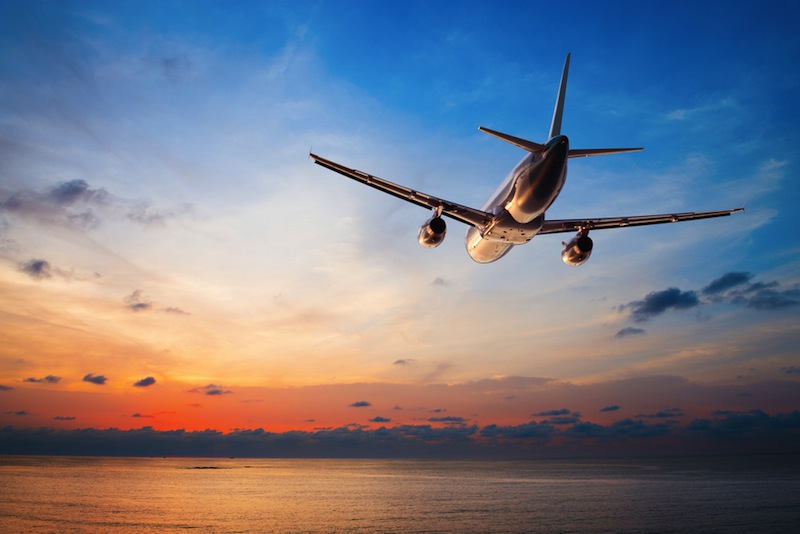How Do Airplanes Fly?

Modern aircraft manufacturers don't have much on Orville and Wilbur. Today's jet airplanes use the same principles of aerodynamics that the Wright brothers used in 1903 to get their Flyer in the air.
But how exactly do airplanes fly?
Flight requires two things: thrust and lift. Thrust is the forward motion provided by a propeller or jet engine. (A propeller, by the way, uses the same principles discussed below to create lift, but it uses that lift to move the plane forward instead of up.)
Lift
Lift is a lot trickier than thrust. In fact it is very controversial and often poorly explained and, in many textbooks, flat wrong. I know, because some readers informed me that the original version of this story was inaccurate. I've attempted to correct it after researching conflicting "expert" views on all this.
An airplane wing has a special shape, called an airfoil, that bulges more on top than on the bottom. That shape aids in flight, but is not the key. If this were all there were too it, then how could some planes fly upside-down?
When air meets the wing, it splits into two streams, top and bottom. You'll often hear that the two streams meet up again in the back, as depicted here, because the air passing over the top has to travel farther than the air going underneath, so it is forced to move faster. But in fact, parcels of air do not join back up in any uniform manner.
Sign up for the Live Science daily newsletter now
Get the world’s most fascinating discoveries delivered straight to your inbox.
Faster-moving air has less pressure (this is often called the Bernoulli principle). So the area above the wing is often said to have less pressure than the area below the wing, creating lift.
Again, the reality is more complex, and Newton's laws are typically preferred over the Bernoulli principle to explain lift. The Newtonian idea is this: Air flowing over the wing is ultimately deflected downward by the angle of the wing, and Newton said there has to be an equal and opposite reaction, so the wing is forced upward.
If you're about fed up, rest assured that even engineers still argue over the details of how airplanes fly and what terms to use.
Drag
Two forces work against flight: drag and gravity.
A wing has to be designed not only to produce lift, but also to minimize the friction with passing air, which causes drag.
Every airplane has a specific takeoff speed, where lift overcomes gravity. That critical speed changes based on how much weight a particular flight packs. The planes propeller or jet engine, meanwhile, has to work to provide enough thrust to overcome drag.
Wondering why the airfoil got tilted in some of our examples? It's a simple way to increase the distance the air has to travel over the top. Pilots can make minor adjustments to the wing flaps, effectively changing the wing's angle into the wind. A more tilted wing allows more lift to be created at a lower speed.
One more way to think about it: Ever "fly" your hand out car window? Try it sometime. If your hand (the airfoil) is level, it zips through the air in a level plane. Tilt the leading edge of your hand upward and the wind pushes up from underneath and your hand is lifted.
Tilt the wing of an airplane too far, though, or reduce the speed too much, and pockets of turbulence form along the top of the wing. Lift is reduced, and the plane enters a stall and falls from the sky. Trained pilots can recover a plane from a stall by pointing the nose downward and increasing the plane's speed until lift wins out again.
Flight Technology
- Futuristic Spy Plane Maneuvers Like a Bird
- Plane Crash Survival: Miracle, or Skill and Science?
- U.S. Miltary Plans Shape-Shifting Supersonic Bomber
- Like a Hawk, Robotic Plane Rides Thermals
- Airbus A380: Inside the World's Biggest Jet
- Navy Plans Flying Submarine
- The da Vinci Code for Flight
Flying Animals
Robert is an independent health and science journalist and writer based in Phoenix, Arizona. He is a former editor-in-chief of Live Science with over 20 years of experience as a reporter and editor. He has worked on websites such as Space.com and Tom's Guide, and is a contributor on Medium, covering how we age and how to optimize the mind and body through time. He has a journalism degree from Humboldt State University in California.











